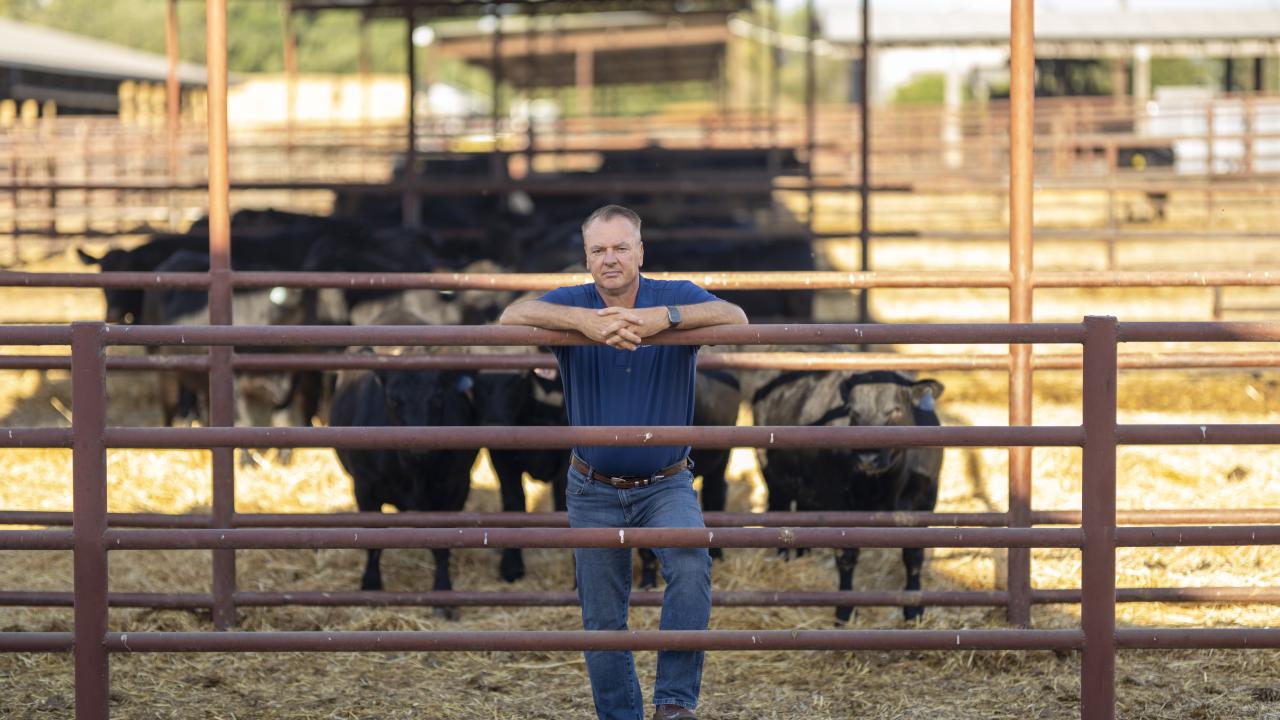
Frank Mitloehner Weighs in on Measuring Methane in Carbon Brief Article
UC Davis air-quality scientist and livestock emissions subject matter expert, Dr. Frank Mitloehner, was prominently featured in a recent Carbon Brief analysis, where he offered expert insight into the worldwide debate over how methane’s climate impact should be measured.
Carbon Brief is a UK-based website that cover climate science, climate policy and energy policy.
The article focuses on GWP*, or global warming potential star, a relatively new metric designed to better reflect how short-lived greenhouse gases like methane warm the planet. Unlike carbon dioxide, which can linger in the atmosphere for centuries, methane breaks down after about 12 years. GWP* accounts for that decay, distinguishing between increasing and stable methane emissions — a difference that traditional 100-year calculations often miss.
Dr. Mitloehner, who is Director of the UC Davis CLEAR Center, has supported the advantages of GWP* in climate accounting, while acknowledging it’s not a silver bullet. He argues it gives a more accurate picture of livestock’s contribution to warming by recognizing that methane from cattle is naturally broken down in the atmosphere after 12 years. But, for that 12 years the methane is warming the atmosphere it is a concern, regardless of where it comes from.
“It’s an urban myth that biogenic methane isn’t a concern,” he told Carbon Brief.
Research from Oxford University has shown that if livestock methane declines by roughly 0.3% a year — about 10% per generation — it causes no additional warming. That finding has bolstered research that from Dr. Mitloehner’s lab that shows sectors like California’s dairy industry could reach “climate neutrality” within the next decade.
Not everyone is on the same page when it comes to GWP*. Several climate scientists told Carbon Brief that while GWP* may be scientifically valid for measuring temperature changes, it risks confusing policymakers and the public. Critics argue it could allow agricultural emitters to appear climate-neutral even while maintaining significant methane output.
Some have said that “GWP* can easily be used as a ‘get-out-of-jail-free’ card.
Dr. Mitloehner disputes that criticism, saying the goal is clarity, not leniency. “If you reduce emissions, it makes your contributions look less. If you increase emissions, it makes your contributions much worse," he said.
While Dr. Mitloehner recognizes that questions around the fairness of using GWP* are legitimate policy concerns, he maintains that, reducing methane is the ultimate goal regardless of the metric used.
“The main point is we need to reduce emissions. In the case of livestock, we need to reduce methane emissions,” Dr. Mitloehner said. “And the question is how do we get it done? And how do we quantify the impacts that [that reduction] would have accurately and fairly? The other issues are issues that politicians have to answer.”
The Carbon Brief story comes as countries like New Zealand and Ireland weigh whether to adopt GWP* in national climate reporting — decisions that could reshape global methane policy.
